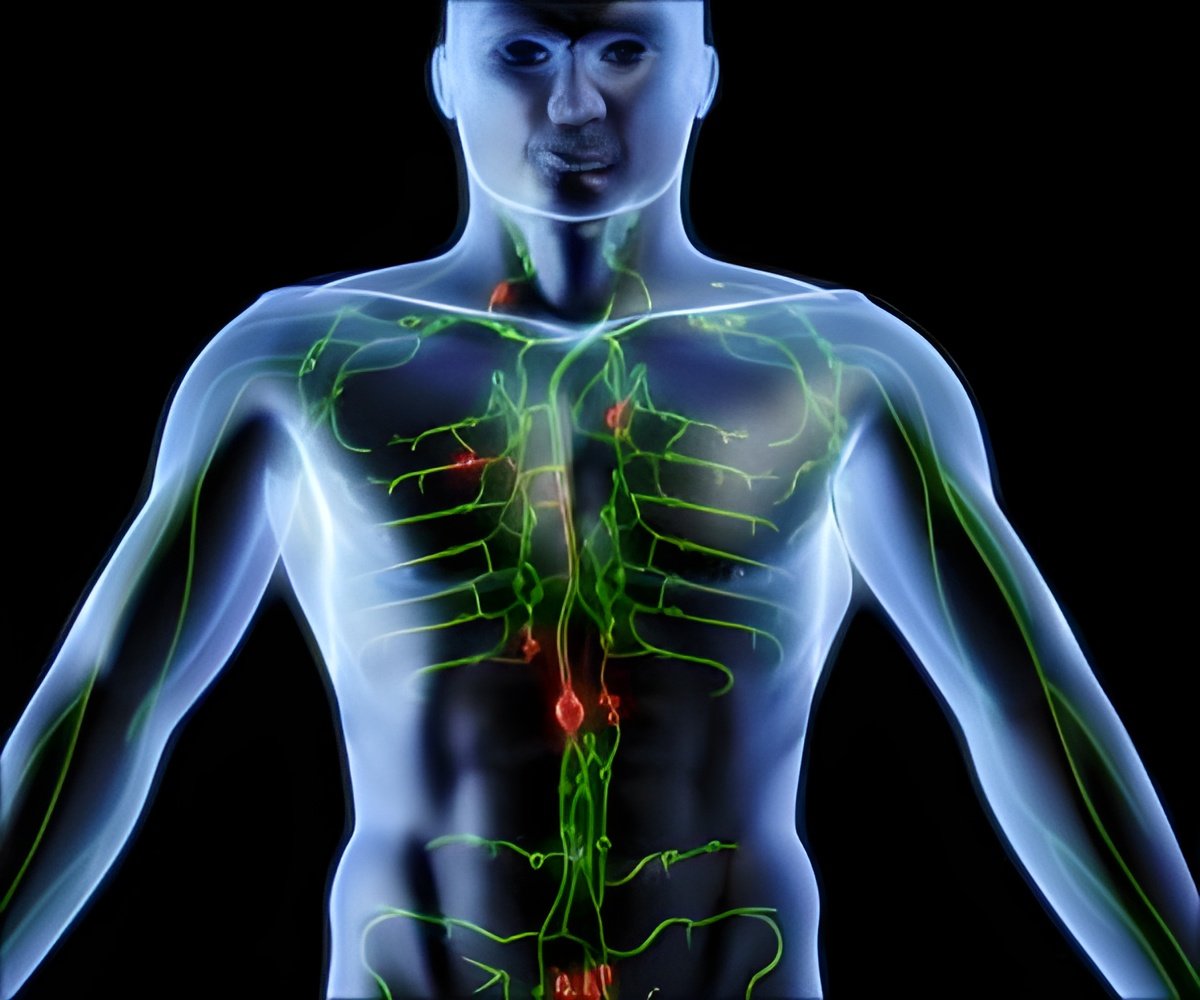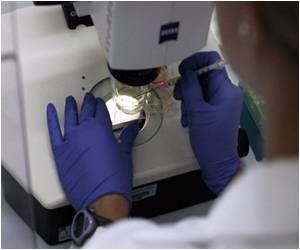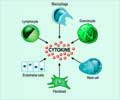Researchers at Lund University have shed light on how and when the immune system is formed, raising hope of better understanding various diseases in children, such as leukaemia.

We know that the first blood stem cells are formed in the aorta region and then travel to the liver, which is the body's major blood-forming organ during the foetal stage. In the liver, the blood stem cells produce the more mature blood cells that form our blood system. At the same time, T- and B-cells are formed, which comprise the basis of our advanced immune system. From birth, this process takes place in the bone marrow and the liver ceases to form blood cells.Researchers have long believed that the first cells that lead to the development of our immune system, the immune-competent cells, are formed from blood stem cells in the liver while the foetus is developing.
Blood stem cells can be found in the liver from day 11 in a mouse foetus, which is the equivalent of around 6 weeks' gestation in humans. In the current study, which was performed on mice, researchers showed that these cells linked to our immune system are formed even earlier than this, in the embryo's yolk sac, i.e. before the first blood stem cells are formed. In the human embryo, the yolk sac is one of the three foetal sacs and appears in around the fifth week of pregnancy.
"The question we have posed is whether the immune system is formed in a different way in the foetus than in an adult and how early in the development of the foetus the cells that form our early immune system can be found. Knowledge of this is important because it helps us to understand how and when our immune system begins to form and what can go wrong in that process", explained Charlotta Böiers, a postdoctoral fellow at Lund University.Childhood leukaemia is one example of how important it is to understand how the immune system is formed. The first mutation on the path to childhood leukaemia has been shown to take place while the child is still in the womb.
"It is still not known in which cell or cells this first step takes place and it is therefore important for us to continue our research on how the immune system starts in humans. The aim is now to continue our investigations in humans", said Charlotta Böiers.If it is possible to prove that the cells mutate at this very early stage of development, then this would increase our understanding of how childhood leukaemia occurs."These first cells seem to disappear in the late stages of development of the foetus. This may not happen when there is a mutation. Perhaps the defective cells instead remain alive, and further mutations occur that in turn could lead a child to develop cancer."
Advertisement











